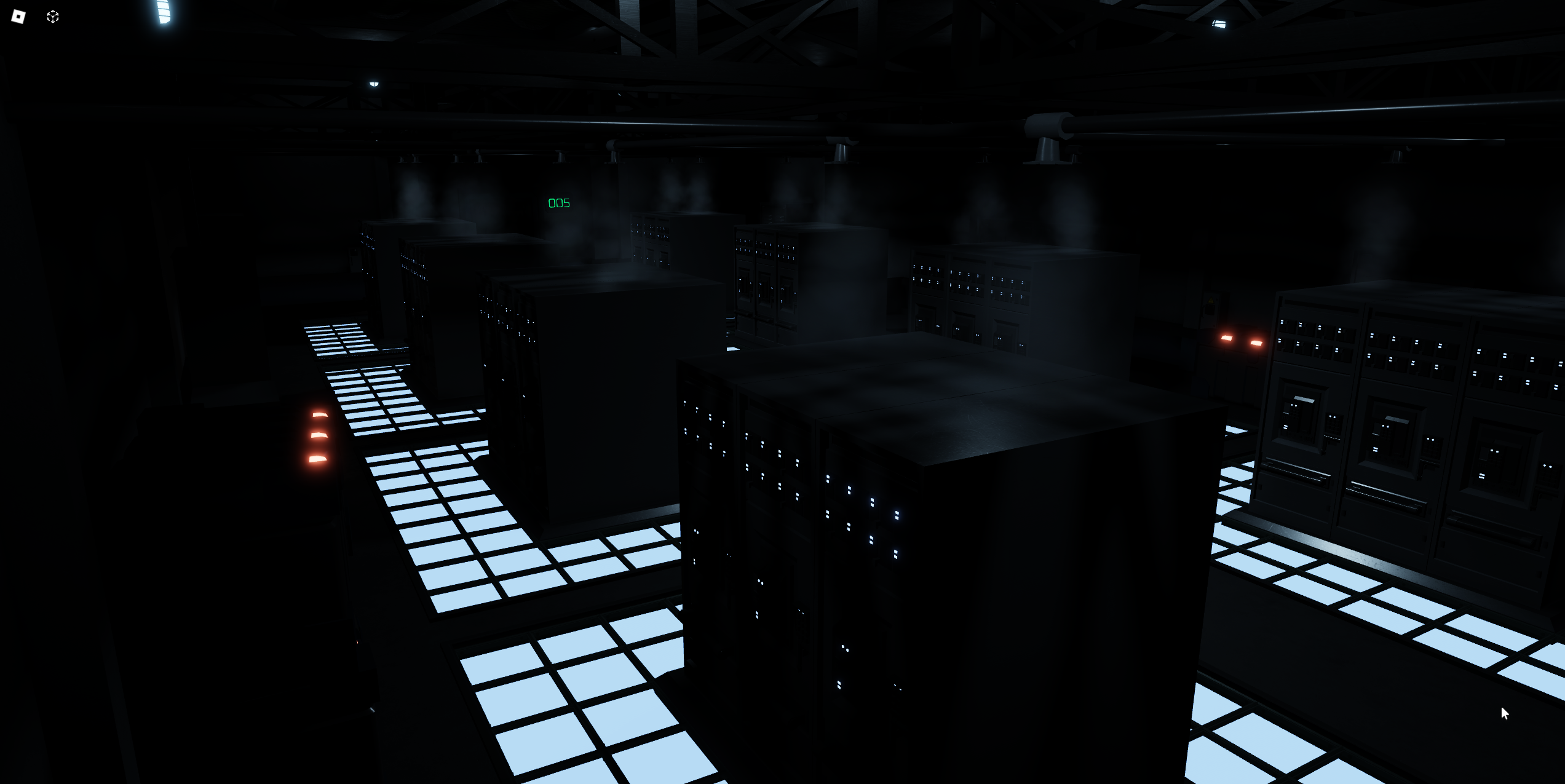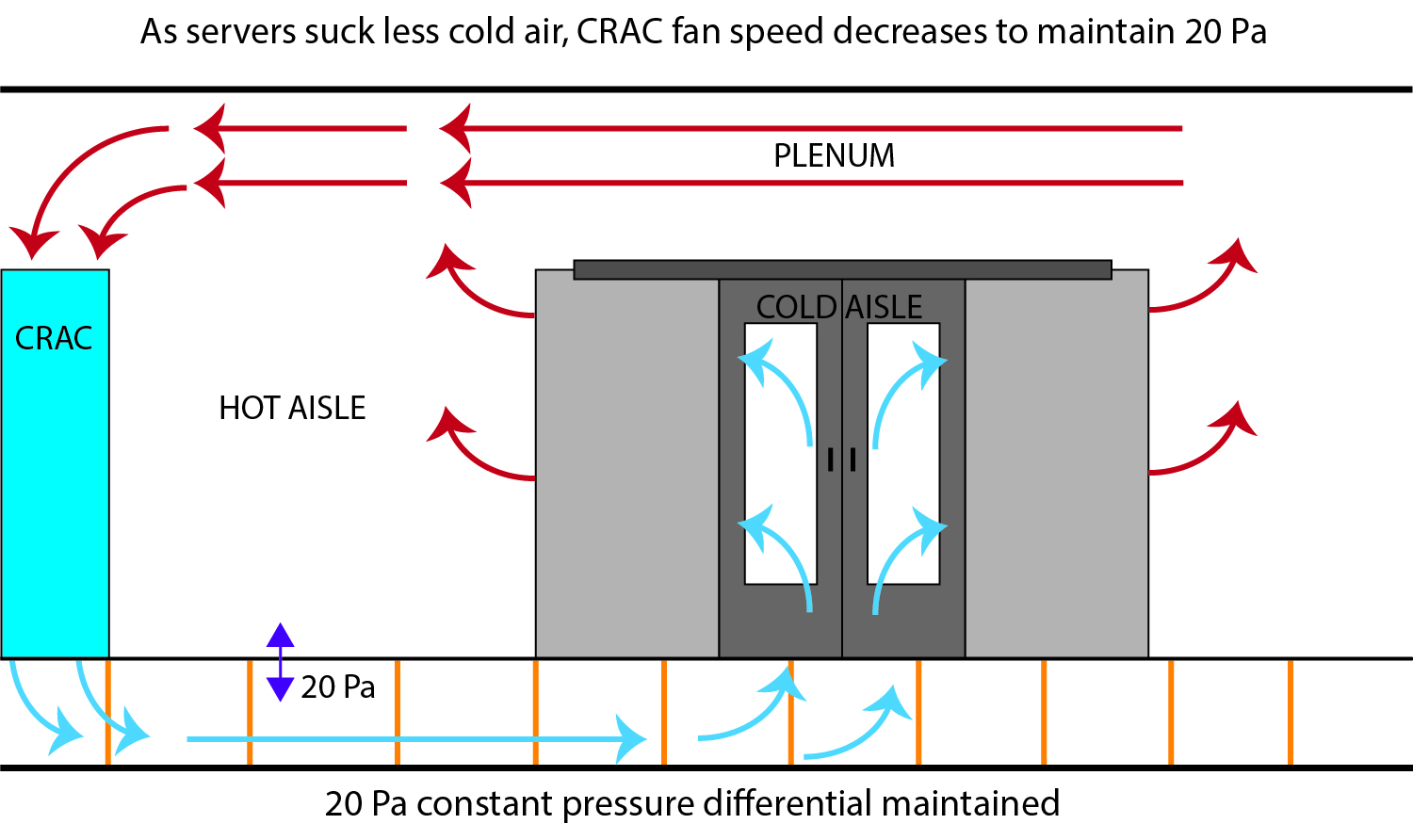Server Room Pressure: Maintaining Optimal Conditions for Performance and Reliability
Server rooms, the heart of any modern data center, are critical environments that demand meticulous attention to detail. One of the most crucial aspects of server room management is pressure control. Maintaining the correct pressure within the server room offers a multitude of benefits, from preventing hot spots and equipment failure to improving overall energy efficiency. This article delves into the intricacies of server room pressure, exploring its importance, the different types of pressure, best practices for management, and the potential consequences of neglecting this critical factor.
Why is Server Room Pressure Important?
Effective pressure management is paramount for ensuring the optimal performance and longevity of server equipment. Servers generate significant amounts of heat, and proper airflow is essential to dissipate this heat and prevent overheating. Pressure differentials within the server room play a crucial role in directing airflow and ensuring that cool air reaches the critical components of the servers.

Beyond temperature control, maintaining appropriate pressure helps to prevent the recirculation of hot air, which can lead to hot spots and decreased cooling efficiency. Furthermore, proper pressurization can minimize the intrusion of dust and other contaminants, which can negatively impact server performance and reliability. A well-maintained pressure balance also contributes to a more stable and predictable environment, reducing the risk of unexpected downtime.
Understanding Different Types of Pressure in a Server Room
Several types of pressure are relevant in the context of server room management:
Static Pressure: This refers to the pressure exerted by the air at rest. It is measured relative to a reference point, typically the outside atmosphere. Static pressure is crucial for understanding the overall pressure balance within the server room.

Best Practices for Server Room Pressure Management
Effective server room pressure management requires a comprehensive approach that considers various factors, including the room’s design, the cooling system, and the equipment layout. Here are some key best practices:
Proper Room Sealing: Ensure that the server room is adequately sealed to prevent air leakage. This includes sealing gaps around doors, windows, and cable penetrations. Proper sealing helps to maintain the desired pressure differential and prevents uncontrolled airflow.
Consequences of Neglecting Server Room Pressure
Ignoring server room pressure can have serious consequences, including:
Overheating and Equipment Failure: Insufficient cooling can lead to overheating, which can significantly reduce the lifespan of server equipment and increase the risk of failure.
Measuring and Monitoring Server Room Pressure
Accurate measurement and monitoring of server room pressure are essential for effective management. Several tools and techniques can be used for this purpose:
Pressure Sensors: Pressure sensors can be installed at various locations within the server room to measure static pressure, differential pressure, and other relevant parameters.
Conclusion
Maintaining optimal server room pressure is a critical aspect of data center management. By understanding the different types of pressure, implementing best practices for pressure management, and regularly monitoring pressure levels, organizations can ensure the reliability, performance, and longevity of their server equipment. Neglecting server room pressure can lead to a range of problems, from equipment failures and hot spots to increased energy consumption and costly downtime. Therefore, investing in proper pressure management is essential for any organization that relies on its server infrastructure.
